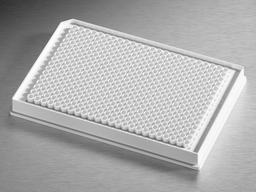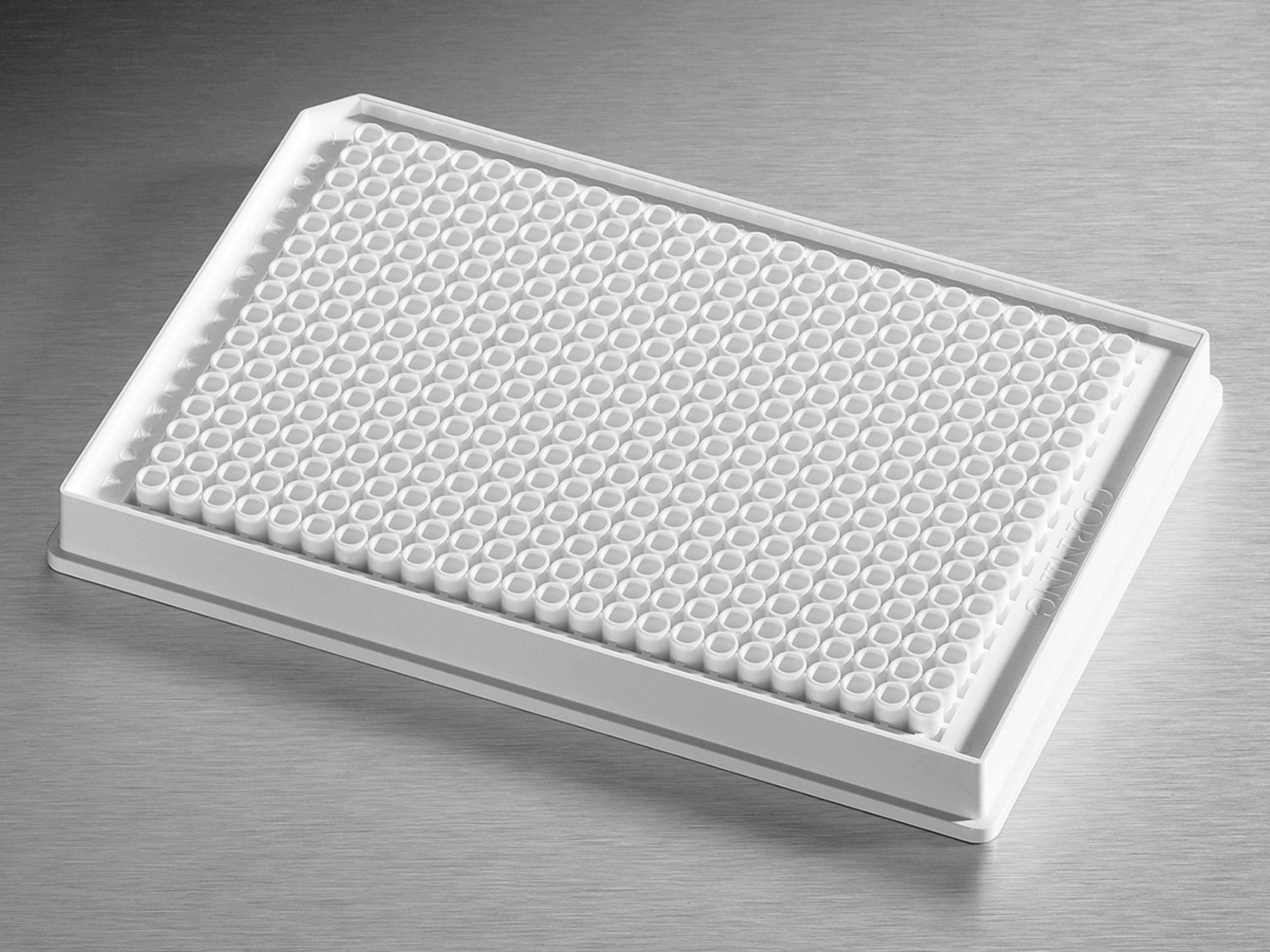Corning® Low Volume 384-well White Flat Bottom Polystyrene NBS Microplate, 10 per Bag, without Lid, With Generic Bar Code, Nonsterile
Generic bar coded Corning microplates are now available in stock and ready to ship. Code 128 bar code format ensures compatibility with most bar code scanning and software systems. To avoid mix-ups, the surface treatment of the microplate wells is easily identified in the human readable portion of the bar code (NT = not treated; TC = tissue culture treated; NB = nonbinding surface).Labels applied to all 4 sides of the plateNo…

The supplier does not provide quotations for this product through SelectScience. You can search for similar products in our Product Directory.
Generic bar coded Corning microplates are now available in stock and ready to ship. Code 128 bar code format ensures compatibility with most bar code scanning and software systems. To avoid mix-ups, the surface treatment of the microplate wells is easily identified in the human readable portion of the bar code (NT = not treated; TC = tissue culture treated; NB = nonbinding surface).
Labels applied to all 4 sides of the plate
No sequence number duplicates
Exceptional print quality and resolution
Resistant to commonly used laboratory reagents
Resistant to temperature ranges of -80ºC to +52ºC
See Product Details below for bar code label specifications
Microplate Features
Round well design with a solid white flat bottom.
2.8mm distance between well bottoms to plate bottom.
Ideal for miniaturized 384 well fluorescent homogeneous assays.
Nonbinding surface (NBS) is a Corning proprietary treatment technology used on polystyrene microplates to create a nonionic hydrophilic surface (polyethylene oxide-like) that minimizes molecular interactions.
Ideal for reducing protein and nucleic acid binding at low concentrations, and increasing assay signal to noise




















